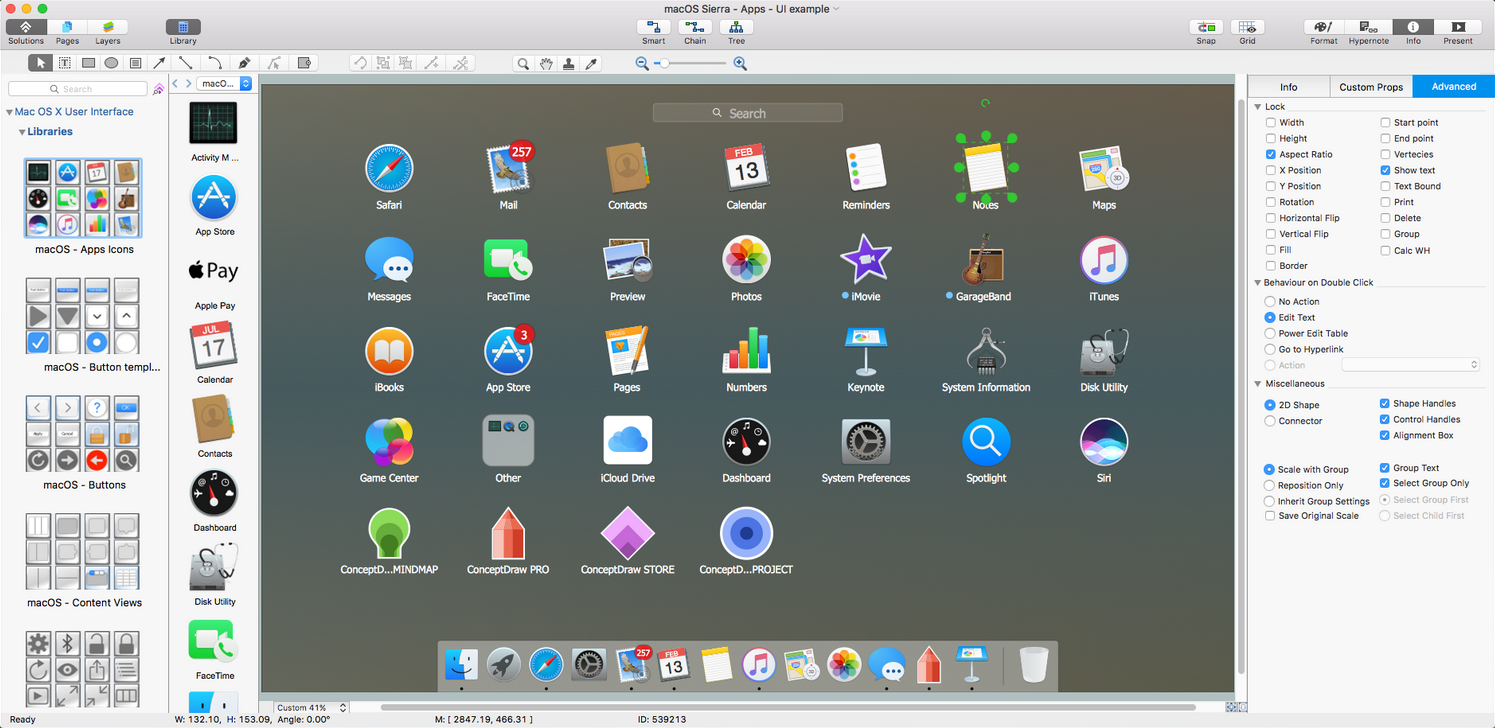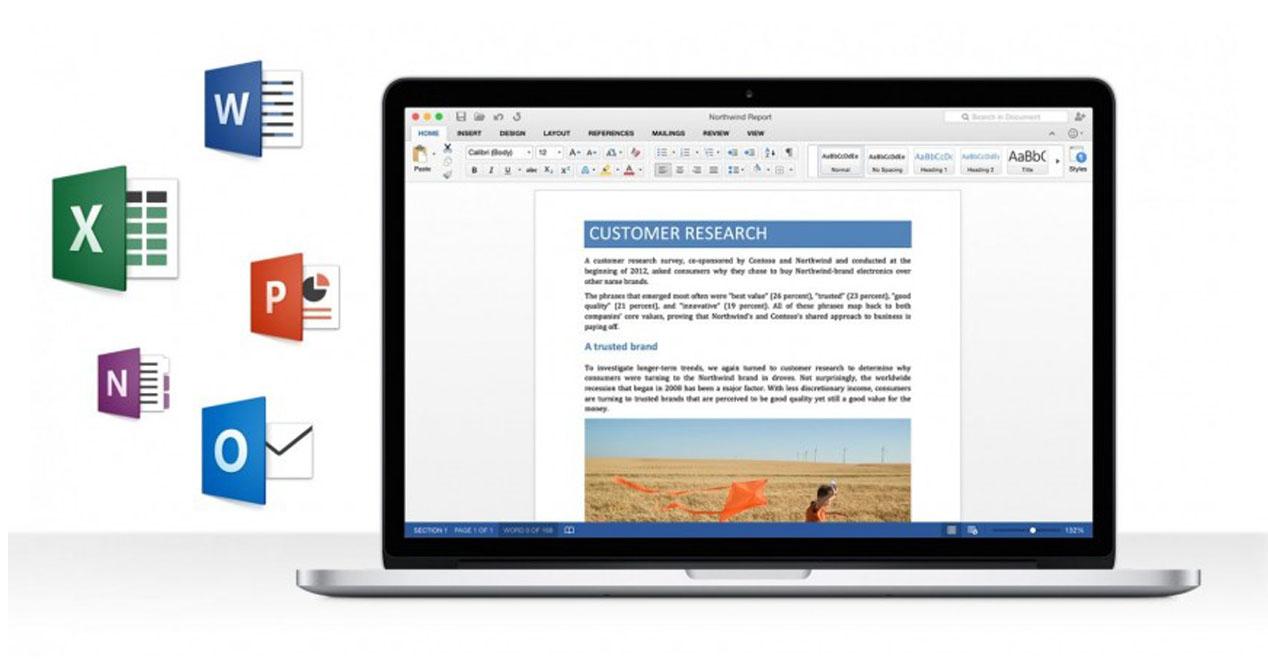

- #Mac os rapidclick how to
- #Mac os rapidclick install
- #Mac os rapidclick code
- #Mac os rapidclick series
It’s not only faster to do it in one step, it also cuts out the possibility of forgetting to run the analysis command after loading the binary.

This performs the same analysis as loading the file and then running aaa from within r2. The first tip about using r2 quickly is to load your sample with the -AA option, like so: % r2 -AA calisto Load and analyse macOS malware sample with radare2 Our sample, OSX.Calisto, is a backdoor that tries to exfiltrate the user’s keychain, username and clear text copy of the login password. Fun with Functions, Calls, XREFS and More
#Mac os rapidclick install
Be sure to set up an isolated VM, download the sample from here (password:infect3d) and install r2.
#Mac os rapidclick how to
Other tools typically require you to develop separate scripts in python or Java to do various tailored tasks, but with r2 you can often accomplish the same just by piping output through familiar command line tools (we’ll be looking at some examples of doing that below).įinally, because r2 is free, multi-platform and runs on pretty much anything at all that can run a terminal emulator, learning how to reverse with r2 is a transferable skill you can take advantage of anywhere.Įnough of the hard sell, let’s get down to triaging some malware! For this post, we’re going to look at a malware sample called OSX.Calisto. Moreover, because it’s a command line tool, it integrates very easily with other command line tools that you are likely familiar with, including things like grep, awk, diff and so on. And as we’ll see in the tips below, you can triage a binary with it very quickly indeed! You can install and run it very quickly in a new VM without having to worry about dependencies or licensing (the latter, because it’s free) and it’s much less likely (in my experience) to crash on you or corrupt a file or refuse to start. Radare2 is an extremely powerful and customizable reversing platform, and – at least the way I use it – a great deal of that power comes from the very feature that puts some people off: it’s a command line tool rather than a GUI tool.īecause of that, r2 is very fast, lightweight, and stable. For a rare example of r2 introductory material using Mach-O samples (albeit not malware), I recommend having a look at these two helpful posts: 1, 2.īefore we dive in, I do want to say a little bit about why r2 is a good choice for macOS malware analysis, as I expect at least some readers are likely already familiar with other tools such as IDA, Ghidra and perhaps even Hopper, and may be asking that question from the outset. I’m going to assume that you’ve read at least one or two basic intro r2 posts before starting on the material below.

Very few are aimed at malware analysts, and even fewer still are aimed at macOS malware analysts, so they are not much use to us from a practical point of view. However, most such posts are aimed at CTF/crackme readers and typically showcase simple ELF or PE binaries. Such posts will serve you well in terms of learning your way around the basics of installing and using the tool if it’s completely new to you. There are many introductory blogs on installing and using r2, and I’m not going to cover that material here. Why Use radare2 (r2) for macOS Malware Analysis?įor rapid triage, my preferred tool is radare2 ( aka r2). For those rarer samples that pique our interest and look like they need deeper analysis, we want our triage session to give an overall profile of the sample and indicate areas for further investigation. Ideally, we want to get a sample “triaged” in just a few minutes, where “triage” means that we understand the basics of the malware’s behavior and objectives, collecting just enough data to be able to effectively hunt for related samples and detect them in our environments.
#Mac os rapidclick code
We don’t want to get stuck in the weeds reversing lots of unnecessary code only to find out that the sample really wasn’t worth that much effort! Analysts are busy people, and the majority of malware samples you have to deal with are neither that interesting nor that complicated. We kick off with a walk-through on how to rapidly triage a new sample. We’ll walk through problems such as beating anti-analysis and sandbox checks, reversing encrypted strings, intercepting C2 comms and more.
#Mac os rapidclick series
In this new series of posts, we move into intermediate and more advanced techniques, introducing you to further tools and covering a wide range of real-world malware samples from commodity adware to trojans, backdoors, and spyware used by APT actors such as Lazarus and OceanLotus. In our previous foray into macOS malware reverse engineering, we guided those new to the field through the basics of static and dynamic analysis using nothing other than native tools such as strings, otool and lldb.


 0 kommentar(er)
0 kommentar(er)
